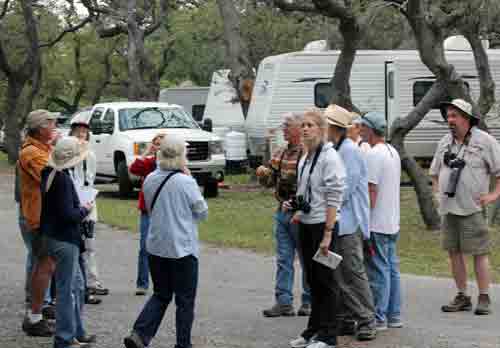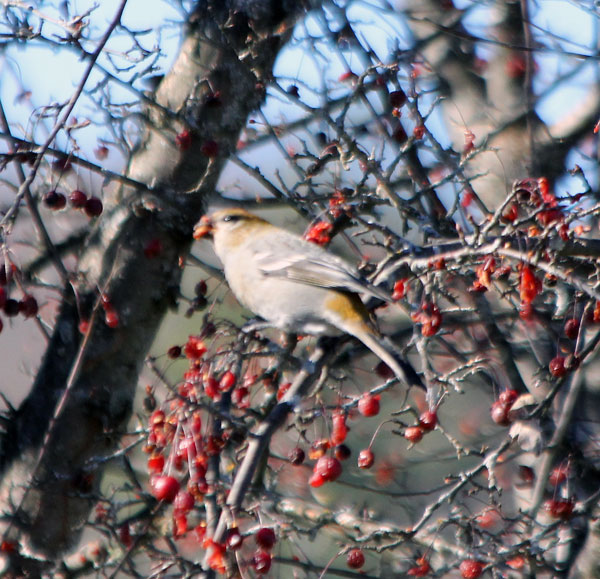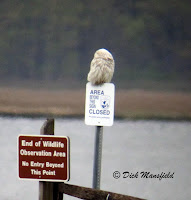It wasn’t until I was turning 70 that I got seriously hooked on birding. I had dabbled in it and enjoyed watching birds in our woods but never kept lists or owned any decent binoculars until late 2009 when I was planning our first Airstream trip to the Southwest. I discovered eBird and also joined listserves in some of the southern states to learn about what was going on. When we launched in January of 2010, I had a life list of 38.
The spark was kindled during our first stay at Goose Island State Park. Here’s how I wrote about it at the time:
The drive to Goose Island State Park, in Rockport, Texas was easy with lots of straight Texas roads with 70 mph limits. We started to see lots of birds as we approached Aransas Wildlife Refuge and soon were searching for a site at the park – where we had made reservations. (Texas has an interesting process in their state parks — you can reserve a slot for a date or period but not a site — so you have to decide once you are there which available site you want.)
We found a nice isolated site surrounded by oaks and thickets and right next to a little bird sanctuary and the showers. We set up on the level site and I promptly got sick for two days — pretty severe stomach bug. Lots of rest, fluids, and good care from Mary and I made a nice recovery yesterday.
I felt up to participating in Saturday’s bird walk — having missed the two earlier ones — and was astounded at the variety as well as the knowledge of the volunteer guides. We saw about 45 species including willets, gulls, pelicans, ravens, vultures, ducks, and a white ibis. I don’t know birds around the sea very well so it was very informative and just spectacular birding. (Note: This was the Spark!)
The camaraderie and expertise of the birding group, and the wonderful diversity of birds (mostly new to me) got me hooked on birding. (Jan 2010)
We really like this place — it’s a wonderful area. We decided to extend for another week rather than keep traveling. Seems nice to settle for a bit and enjoy the weather and the birding. Yesterday afternoon, we drove over to a field where two whooping cranes are living. There were a half-dozen other birders there — some armed with monstrous lenses for their cameras. The birds were just regal, standing on one leg, preening themselves, ignoring their watchers. It’s hard to believe that they fly down from upper Canada and that there are still only a little over 300 of them alive.
This is a nostalgic area for us. Last night out walking the dog, I was watching the sky full of stars and remembering night flying here, decades ago. I happened to remember a night cross-country where I was returning in a F-9 trainer with an instructor high over Houston and we just went inverted and watched the lights of the streets, parking lots, ball field for a while. I did my advanced flight training here, got my Navy wings here, and our daughter was born in this area. Our son got his USMC wings here as well.
So, we’ve got more whooping cranes to see at the wildlife center, a visit up to Beeville to find our old house and the hospital and the air station, and hope to meet up with my brother Barry and his wife Mica before they head further west. But the schedule is a vacation schedule — and all plans are flexible. It’s nice. Now I need to find those black-bottomed ducks.
So, when we departed Goose Island in mid-February, I had added 55 birds to my life list in two weeks and just ahead, at Falcon State Park, I encountered my first rare birds adding a Roadside Hawk and some Groove-billed Anis to my list. That amazing first bird walk had launched me into passionate birding at age 70. Thanks be.










